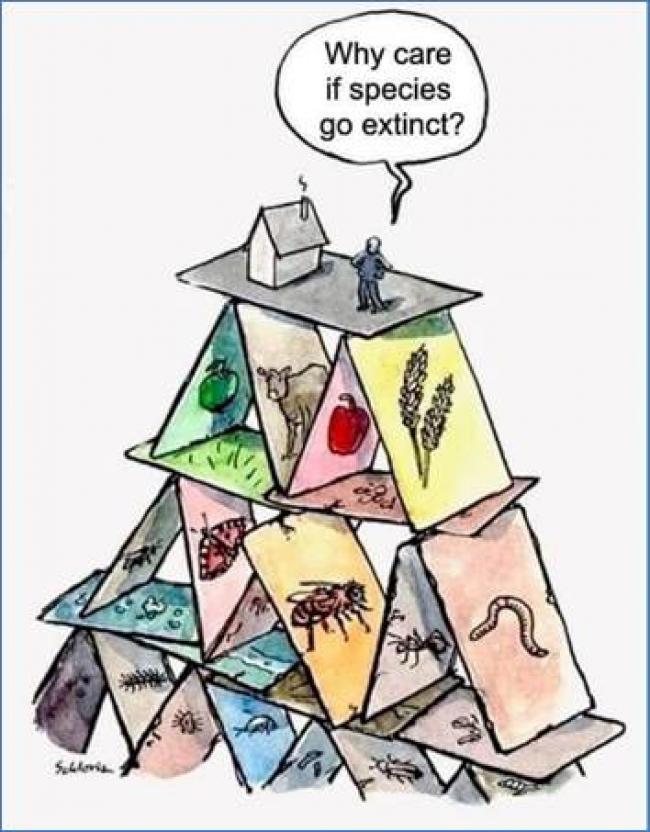Roberts Bank Terminal 2 Project - Canada.ca (iaac-aeic.gc.ca)
PLEASE ACT AND CIRCULATE
The Port of Vancouver is planning to dredge and fill the Fraser River Estuary, Delta, B.C. to build a massive man-made island the size of 250 football fields for a new Container Terminal with 3 new berths.
DEADLINE FEBRUARY 13, 2022
SEND AN EMAIL:
(Type in your name and address)
Impact Agency of Canada
Submission to Roberts Bank Terminal 2 Project 80054
Send to: conditions@iaac-aeic.gc.ca
Write your concerns about the Roberts Bank Terminal 2 Project (RBT2). Please feel free to use the following points.
Reasons to oppose approval of the Roberts Bank Terminal 2 Project
- Increased air, noise, light, and water pollution from RBT2 threatens human and wildlife health and cannot be mitigated
- RBT2 does not make economic sense as ongoing expansions are providing ample capacity for Canada’s west coast container business.
- RBT2 will pollute the Lower Mainland with double the container truck traffic.
- Alteration of the ecosystem, dredging, filling, construction, spills and accidents will pollute the estuary.
- The 2021 Additional Information does not change the scientific evidence proving there will be irreversible, significant adverse environmental effects on the globally-important Fraser River ecosystem.
- Changes to the complex ecosystem food web of the estuary will cause the unmitigable, residual loss of shorebirds, fish and fish habitat, Chinook salmon at risk, endangered Southern Resident Killer Whales, coastal birds and species at risk.
- Information from the Port of Vancouver is unproven as reports are paid-for science that has not been peer reviewed.
- The environmental assessment fails to incorporate public input and evidence of irreversible habitat destruction by Government and independent scientists.
- The Draft Potential Conditions for approval are not scientifically-proven mitigation measures and there is no evidence or certainty that they can avoid significant adverse environmental effects. They do not comply with the Precautionary Principle.
- Over the past 40 years, compensation and mitigation measures in the Fraser River estuary have not been carried out with credible scientific evidence or transparency. The Draft Conditions for approval are future plans without scientific evidence. They do not meet legal mitigation requirements of the Canadian Environmental Assessment Act, 2012, the Species at Risk Act, and the Migratory Birds Convention Act, 1994.
- RBT2 will negatively impact millions of birds that migrate over 3 continents. The Fraser River Estuary is Canada’s Number One Important Bird Area (IBA); a Western Hemispheric Shorebird Reserve Network Site; a Ramsar Wetland of International Significance, and a Wildlife Management Area.
- The assessment failed to address the 40% decline of shorebirds in Canada since 1970. Failure to protect the shorebirds contravenes the Migratory Birds Convention Act, 1994.
- The assessment failed to include information that the Fraser River Estuary, Canada’s Most Important Bird Area (IBA) has been flagged as ‘in danger’ by Birdlife International.

- The environmental assessment failed to report that the loss of the biofilm food source will compromise the Pacific Flyway migration chain and will add to the ongoing decline in Western Sandpiper, a species classified as ‘High Concern’ by the Committee on the Status of Endangered Wildlife in Canada (COSEWIC).
- The environmental assessment ignores warnings from scientists that effects on biofilm and Western Sandpiper are “potentially high in magnitude, permanent, irreversible, and continuous.”
- Loss of the rich biofilm food web cannot be duplicated because it relies on the interactive, estuarine processes at Roberts Bank. Creating patches of biofilm in other areas cannot compensate for the rich estuarine biofilm.
- The environmental assessment fails to assess the chain of life that extends from the Fraser River estuary, a crucial rearing ground for over 300 invertebrates and over 80 species of fish and shellfish. These, in turn, nourish fish and mammals throughout the vast interdependent habitats that stretch thousands of kilometers from high in the Rocky Mountains, through the Fraser River watershed, estuary, and Salish Sea to the Pacific Ocean.
- The environmental assessment failed to produce a cumulative environmental effects assessment of Marine Fish, Marine Habitat, Wetlands, intertidal habitats, coastal birds, red-listed march communities, and Species at Risk.
- The assessment failed to incorporate a 1978 Study reporting that 70% of the Fraser River estuarine ecosystem has already been destroyed. Where is the information on the losses since 1978?
- RBT2 should not be approved because twelve out of thirteen populations of Fraser River Chinook salmon are at risk of extinction.
- Destruction and loss of endangered Chinook salmon habitat will cause loss of food for the remaining 74 endangered Southern Resident Killer Whales.
- The environmental assessment has not met legal requirement to protect 19 listed species including the ‘Threatened’ Barn Owl and the ‘Listed’ Great Blue Heron.
- There was no cumulative effects assessment of the estuarine Wetlands and the species they support, including red-listed marsh communities.
- RBT2 fails to meets Canada’s commitments to protect the globally-significant Roberts Bank ecosystem under international treaties and agreements: The Pacific Salmon Treaty; The Trilateral Committee for Wildlife and Ecosystem Conservation and Management Treaty; The Convention on Biological Diversity; The Ramsar Convention on Wetlands of International Importance; The North American Bird Conservation Initiative (NABCI Canada); U.S.-Canada Cooperation in the Salish Sea; and others.
- Modeling used by the Port for assessment purposes is limited and cannot scientifically support the claims, assumption, and conclusions presented by the Port of Vancouver, the Review Panel Report, and the 2021 Additional Information.
You CAN Make a Difference

By Helping to Stop This…..

